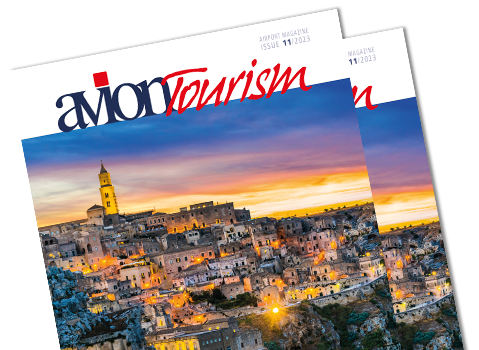12 July 2018
Munich. Fabio Viale.
Exhibition at Glyptothek Museum in Munich from 12 July to 30 September 2018
This is a monumental project which will also extend into the Königsplatz of Munich in front of the museum, where a work of contemporary art will be installed for the very first time: namely the Laocoön.

The Laocoön by Fabio Viale
The Laocoön
It was specifically conceived by the artist for the Munich square, and is the result of a creative process lasting over one year. In Viale’s characteristic style, it is the perfect synthesis of the retrieval of masterpieces of the past, updated via a semantic swerve, and of his tattooed marbles.
The body of the Laocoön is tattooed with images in colour representing scenes from Dante’s Inferno, in line with the interpretation in the painting by Giovanni di Modena conserved in the church of San Petronio in Bologna, reinforcing the manic quality of Fabio Viale’s sculptural rendering and the need to establish universal cultural connections.
The first work of contemporary art to be displayed in the Königsplatz, the Laocoön, is thus set in open dialogue with the modern and contemporary art district of Munich and hence with a dimension of international proportions. The square, a symbol of democracy and a site for the encounter of ideas and cultures, performs its task with the benefit of a charge of spirituality and universal civilisation lent by the presence behind it of the Glyptothek museum, housing a large part of the art history that is so generously distributed in the region of Munich.
Commissioned by King Ludwig I, the Glyptothek was built in neoclassical style, starting in 1815. To date it is one of the most-visited and best-known German museums, partially as a result of the impressive building, but more importantly on account of the collection of sculptures, mosaics and reliefs from the classical period, including outstanding masterpieces such as the Barberini Faun (220 BC).
Accepting the invitation of the Glyptothek museum to set up a parallel between eras through the comparison of works in marble of peerless value and different poetics that could be associated by contrast, the artist has displayed new versions of the works that have marked his career. Eleven works, most of them of large dimensions, represent Viale’s entire field of exploration (including Stargate, Aeroplane, Orbital, the Nike of Samothrace, Infinity, Door Release, Venus Italica and Anchor). The exhibition allows one to appreciate the exceptional quality of the works, together with the perceptive disorientation triggered when the marble disguises itself as wood, rubber tyre, polystyrene or plastic and abandons its aura to become a ground for the clash between classical beauty and contemporary tattoos.
Stargate, for instance, is a sculpture of over two and a half metres high consisting of two fruit crates joined together made out of Arabescato marble from Mount Altissimo. It embodies a passage towards possible worlds, and arouses wonder about a monumentality constructed on apparently fragile sculptural balances which are in actual fact extraordinarily solid.
The new version of La Suprema is again made up of two fruit crates, placed one on top of the other. Anchor, over two metres sixty high, consists of a rawlplug of the type used for anchoring screws to the wall. Door Release is a rereading of the finger of Constantine (over two metres in size) made in marble worked to look like polystyrene.



In this new project at the Glyptothek museum in Munich, Fabio Viale proposes to synthesise in formal terms the experimentations carried out to date. His articulated artistic career has already had many high points, including the exhibition at the Museo del Novecento in Milan, the solo show at the Sperone gallery in New York, the award of the Henreaux and Cairo prizes in 2014, the sailing of a marble boat at the Venice Biennale and at the Gorsky Park museum in Moscow, the display of two versions of the Souvenir Pietà|Christ in the Basilica of San Lorenzo and the recent project Souvenir Pietà|Mother that inaugurated the new Milan branch of the Galleria Poggiali. The project has been made possible by the Italian Institute of Culture at the General Consulate of Munich and is supported by the Galleria Poggiali. A catalogue with essays by Christian Gliwitzky and Sergio Risaliti will be published for the occasion by the Glyptothek museum.
Text edited by Nicolò Villa
Photos: Press Office of Glyptothek Museum - www.glyptoteket.com
You might be interested in
Destinations

Events
Milan Design Week 2025
From 8 to 13 April, the Salone del Mobile and the Fuorisalone will transform Milan into the capital of Design. Districts, installations and events not to be missed
Destinations

Events
Ireland, land of the winter solstice: a journey through history, spirituality and nature
A guide to the mystical places and events celebrating the winter solstice on the emerald isle
Destinations

Events
Felice Casorati at the Royal Palace in Milan
A major retrospective celebrates the artist symbol of the Italian twentieth century, from 15 February to 29 June 2025

